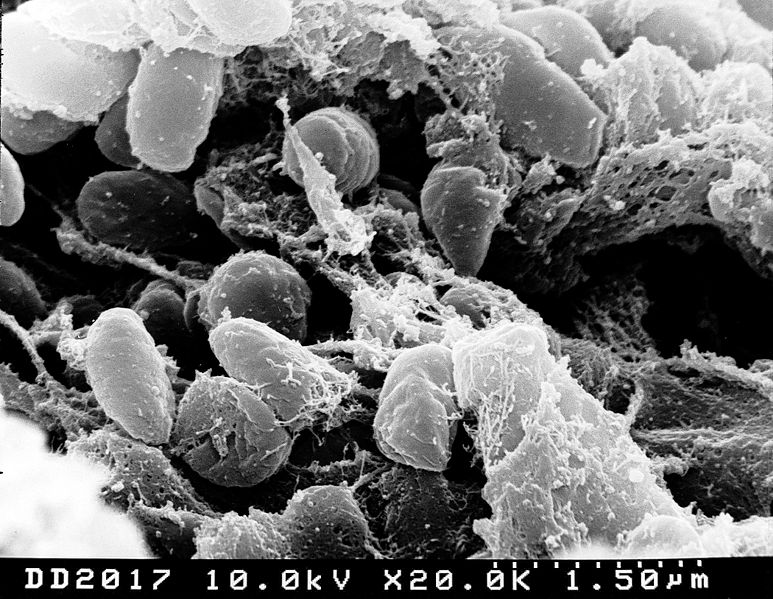The Black Death, which killed a third of Europe's population in the middle  ages, was caused by a now-extinct strain of the Yersinia pestis bacterium, a new study has shown.
ages, was caused by a now-extinct strain of the Yersinia pestis bacterium, a new study has shown.
Using DNA from 100 skeletal samples excavated from a 14th Century plague pit in London's Smithfield, an international team of researchers led by McMaster University scientist Hendrik Poinar have succeeded in reconstructing a significant part of the genetic blueprint of the bug, the modern form of which still causes up to 2000 cases of bubonic plague around the world today.
This finding will help to resolve a long-running debate regarding the identity of the organism that devastated the Old World in three pandemics spanning two thousand years. The reason for the scientific uncertainty surrounding the true identity of the Black Death is that the clinical presentation and spread patterns of modern-day plague do not match up with historical accounts of the disease during the mediaeval era.
Consequently some scientists have cast doubt upon Yersinia pestis as the culprit, suggesting instead either a virulent form of the Anthrax bacillus or even a viral agent similar to ebola. However, the new genetic data from the London victims, who were buried between 1348 and 1350, clearly reveals the presence of Yersinia pestis in their remains.
The bacterial DNA is unlikely to reflect environmental contamination since non-plague affected bodies sampled from a similar epoch tested Yersinia-free. But most interestingly, the new genomic data has revealed some genetic sequences that are very different to modern-day Yersinia, suggesting that the form that triggered the Black Death was probably a previously undiscovered and unreported variant that has since thankfully died out to be replaced its less malignant modern-day counterpart.
According to the researchers, who have published their findings in the journal PNAS, "the medieval form of Y. pestis may harbour additional information regarding the organism's evolutionary history as a human pathogen. This information may prove instrumental in identifying factors that influence the different epidemiology of ancient and modern forms of the disease."










Comments
Add a comment